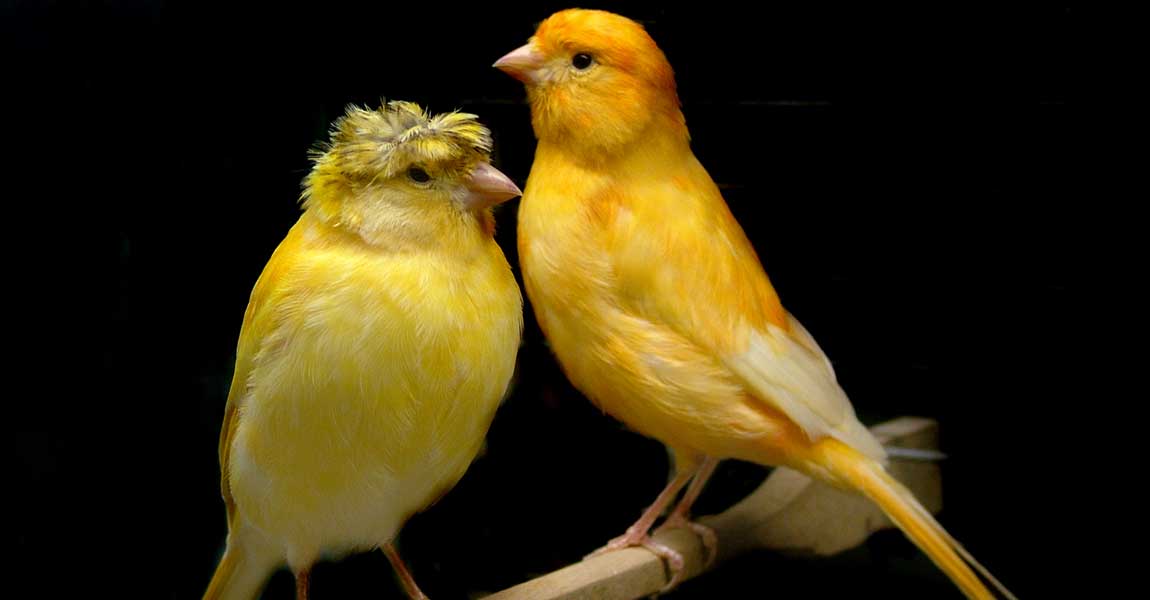Ring-Tailed Lemur: Madagascar's Endearing Icon
The ring-tailed lemur, scientifically known as Lemur catta, is one of the most recognizable and beloved of all the lemur species, primarily due to its striking black-and-white striped tail and expressive, wide-eyed face. Native exclusively to Madagascar, these unique primates are a testament to the rich biodiversity of the island. Their playful demeanour and complex social lives make them a captivating subject for wildlife enthusiasts and researchers alike.
Physical Characteristics of the Ring-Tailed Lemur
Ring-tailed lemurs are easily identifiable by their remarkable physical traits. The most distinct feature is their long, bushy tail, ringed with alternating black and white bands. This iconic tail, which can grow to be as long as 60 centimetres (about 24 inches), serves multiple purposes, including balance while navigating the forest and as a visual signal to communicate with other lemurs.
These lemurs have a compact body, generally weighing between 2.2 to 3.5 kilograms (5 to 7.7 pounds), and measuring around 39 to 46 centimetres (15 to 18 inches) in body length. Their fur is predominantly grey or brown, with a lighter underbelly, and they have expressive, bright amber eyes that make their gaze both endearing and intense. Their hands and feet are equipped with nimble fingers, perfect for gripping branches and foraging for food. Ring-tailed lemurs also have a unique dental structure called a "tooth comb," which they use for grooming and feeding.

Habitat and Diet
The ring-tailed lemur is endemic to Madagascar, meaning it is found nowhere else in the world. These animals prefer diverse habitats, ranging from dry deciduous forests to scrublands and even mountainous regions. This versatility makes them well-suited to Madagascar's fluctuating environmental conditions. However, they are most commonly found in gallery forests—areas along riverbanks that provide plenty of vegetation for both food and shelter.
Ring-tailed lemurs are omnivorous, but their diet is mainly herbivorous. They feed on a wide range of plant materials, including fruits, leaves, flowers, and even bark. The tamarind tree is especially important to their diet, providing a consistent source of nutrition year-round. Lemurs are known to eat insects and small vertebrates occasionally, which adds a layer of protein to their diet, particularly when other food sources are scarce. Their diverse diet is one of the factors that enable ring-tailed lemurs to thrive in different habitats across Madagascar.
Social Behavior and Communication
Ring-tailed lemurs are highly social animals, living in matriarchal groups that can include up to 30 individuals. This matriarchal system means that females hold the highest rank and lead the group, a trait unique to many lemur species. Social interaction is vital to their well-being, and they spend a significant portion of their day grooming each other, which not only helps maintain their fur but also reinforces social bonds.
Communication among ring-tailed lemurs is multi-faceted, involving vocalizations, scent marking, and body language. They use a variety of vocal calls to convey different messages, from alarm calls that warn the group of predators to softer coos used between mother and infant. Scent marking is another key aspect of their communication—they use scent glands on their wrists and chest to mark their territory and communicate social status. Males are known to engage in "stink fights" during mating season, where they rub their tails with their scent glands and wave them at rivals as a form of competition.

Ring-Tailed Lemurs as Exotic Pets
Ring-tailed lemurs are sometimes considered exotic pets due to their charming appearance and social nature. However, keeping a lemur as a pet requires a significant commitment, and potential owners must be fully aware of the responsibilities involved. In South Africa, strict legal guidelines are in place to protect exotic animals like lemurs. It is essential to understand these regulations before considering a lemur as a pet.
Lemurs are highly social and need constant interaction, which can be challenging to provide in a home environment. They also have specific dietary and environmental needs that can be difficult to meet outside of their natural habitat or a specialized facility. Ethical considerations must be prioritized, as lemurs are best suited to living in social groups where they can express their natural behaviors. For those interested in lemurs, supporting conservation programs or visiting sanctuaries is a more sustainable way to appreciate these incredible animals without contributing to the exotic pet trade.
The ring-tailed lemur is a symbol of Madagascar's extraordinary biodiversity and a species that captivates the hearts of all who encounter it. From their distinctive striped tails to their complex social lives, these lemurs are fascinating creatures worthy of our admiration and protection.






